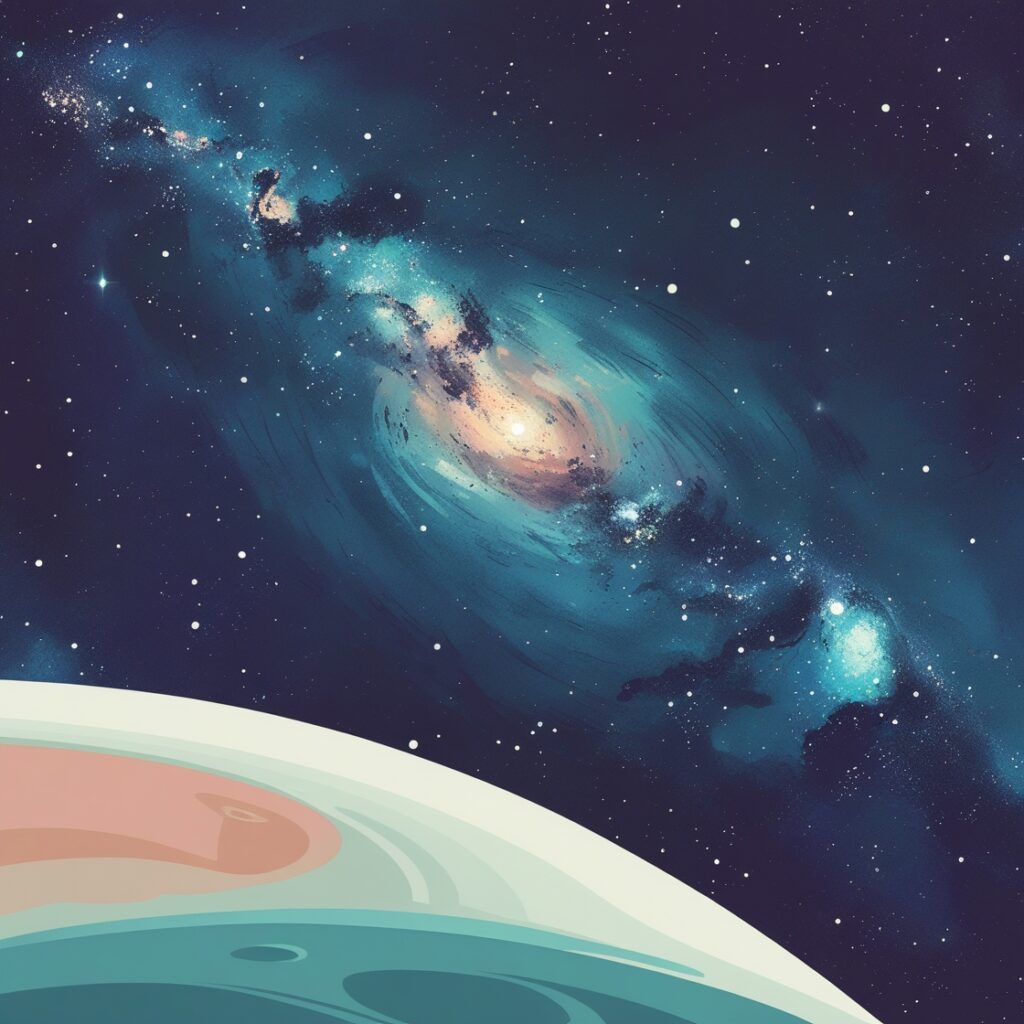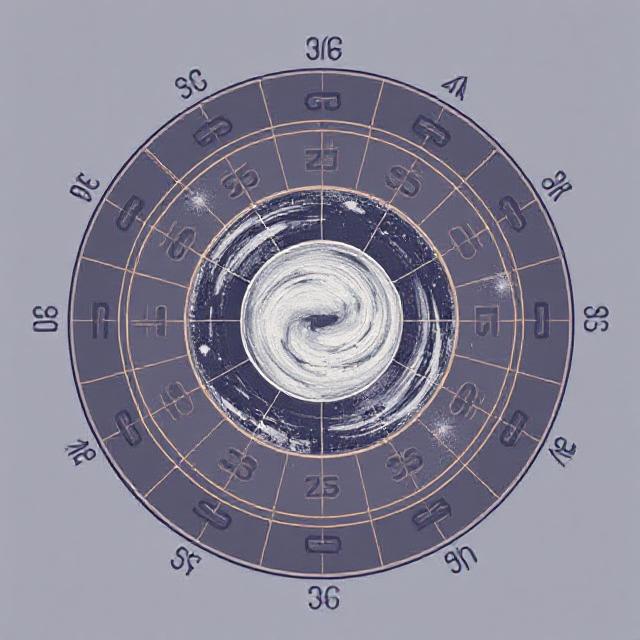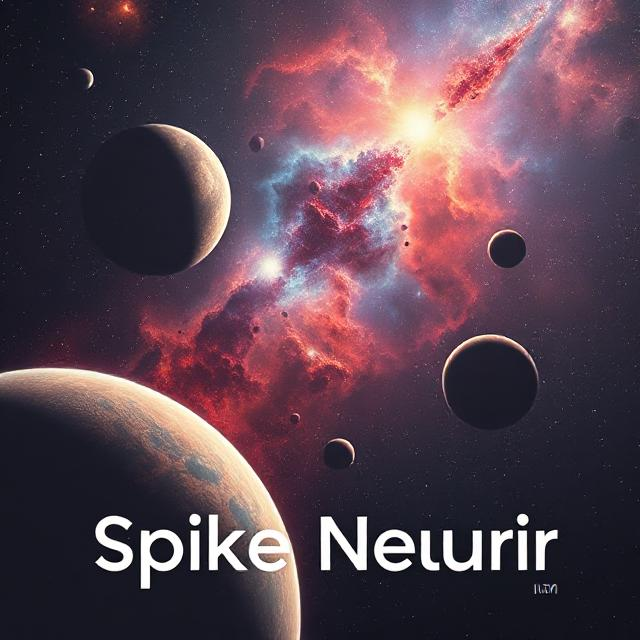Solar Wind Heated by Waves: Two Spacecraft Observe the Phenomenon
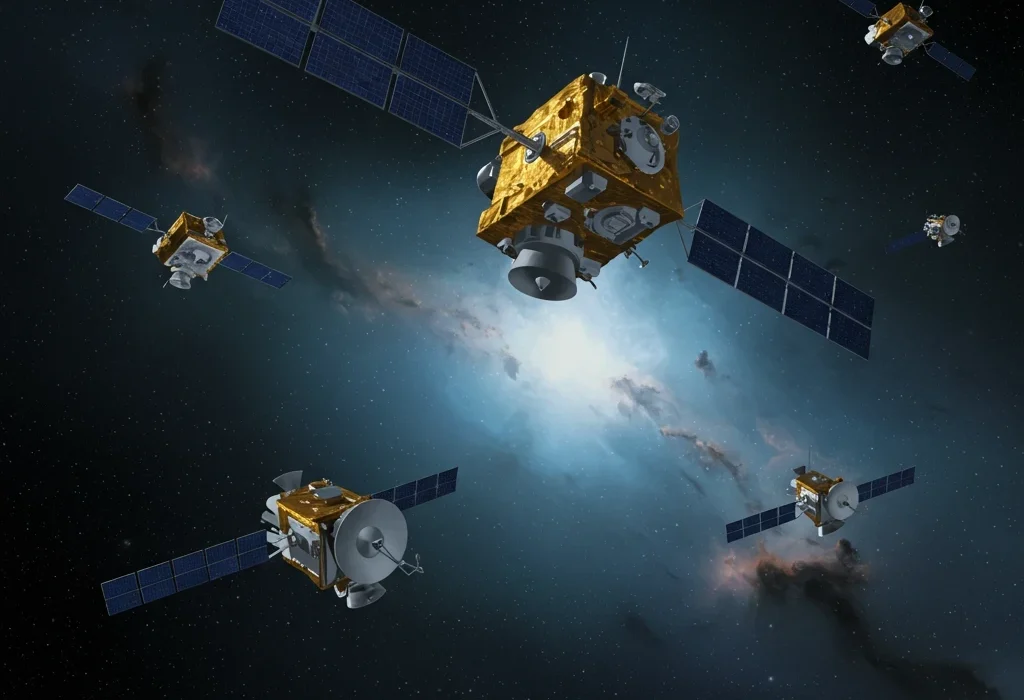

Understanding Solar Wind Heating: A Breakthrough in Astrophysics
Recent observations of the solar wind have shed light on a long-standing enigma in astrophysics. Research published in Science reveals that waves traveling through the solar wind may hold the key to understanding why this cosmic stream remains warmer than predicted as it moves away from the Sun.
What is Solar Wind?
Since the mid-20th century, scientists have recognized the Sun’s emission of a continuous stream of particles known as solar wind. This constant flow, which carries an equivalent mass of Earth every 150 years, interacts with celestial bodies, creating stunning visual phenomena such as comet tails that stretch for millions of kilometers. Near Earth, the solar wind consists of 5 to 10 particles per cubic centimeter, speeding away from the Sun at astonishing velocities of 559,000 to 1.57 million mph (250 to 700 kilometers per second).
The Quest to Unravel the Temperature Mystery
While researchers have made significant strides in understanding solar wind dynamics, one mystery has persisted: the temperature anomaly. According to established physics, as the solar wind expands into space, it should cool down. However, observations show it retains more heat than expected, suggesting the presence of an unidentified energy source acting like a heating element in a kitchen.
The Role of Alfvén Waves
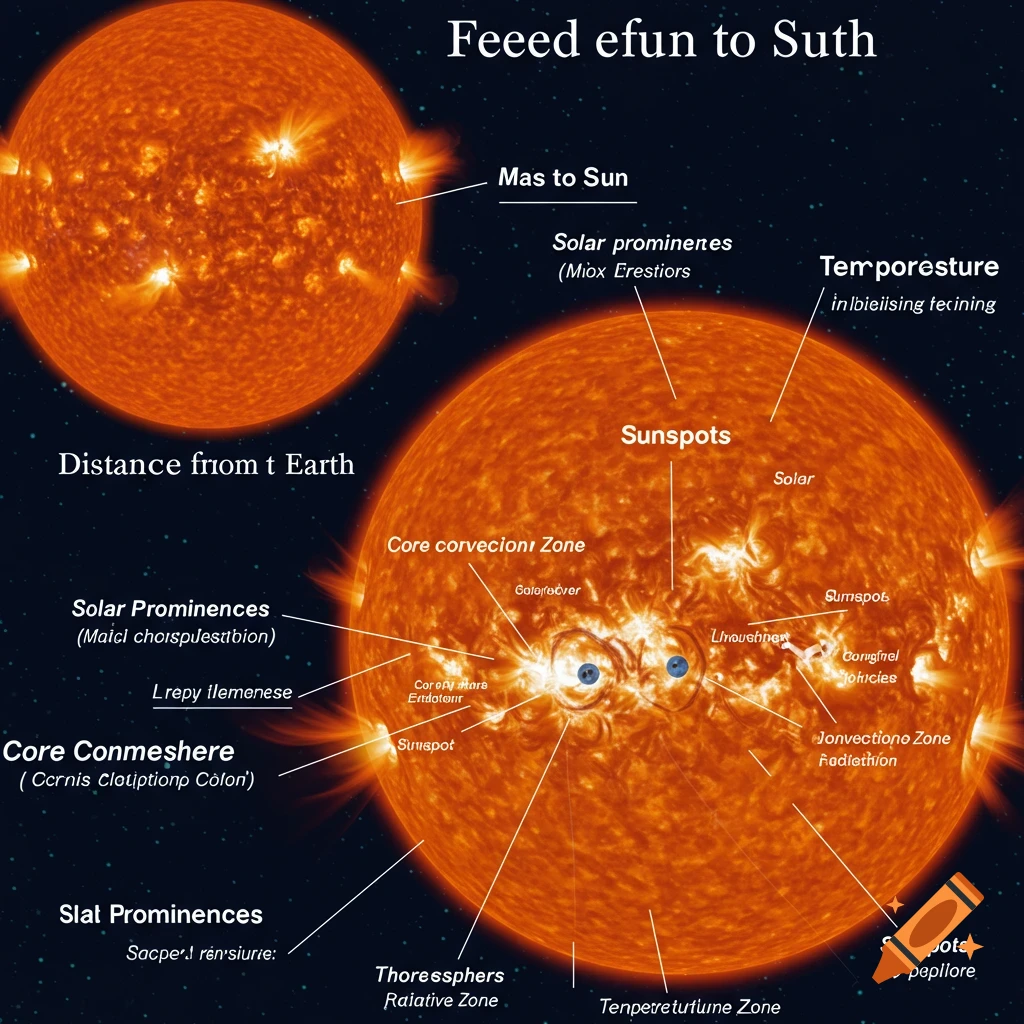

The breakthrough in solving this mystery comes from the work of Yeimy Rivera and her team at the Harvard-Smithsonian Center for Astrophysics. Their research indicates that Alfvén waves, a specific type of wave in plasmas, could be responsible for this unexpected heating. Named after physicist Hans Alfvén, who won the Nobel Prize in 1970 for his discovery, these waves are created when charged particles in a plasma move under the influence of magnetic and electrical forces.
Visualizing Alfvén Waves
Imagine the vibrations of a guitar string; similarly, Alfvén waves oscillate magnetic field lines. They transport energy through the solar wind, potentially dissipating it as they propagate, much like ocean waves crashing on the shore. This energy release could explain why the solar wind remains warmer than anticipated.
Groundbreaking Observations
To investigate this hypothesis, Rivera’s team utilized data from two pivotal missions: NASA’s Parker Solar Probe and the European Space Agency/NASA Solar Orbiter. In a unique alignment in February 2022, the Parker Probe, stationed close to the Sun, detected substantial Alfvén waves. These waves, known as switchbacks, are characterized by rapid changes in the local magnetic field.
As these waves traveled outward to the Solar Orbiter, which was positioned further away, they lost some of their energy. By analyzing the data from both missions, the researchers determined that the energy dissipated by these waves corresponded to the heating observed in the solar wind.
Implications of the Findings
This discovery could signify a major advancement in our comprehension of solar wind dynamics. However, it’s important to recognize that while these findings provide clarity in one area, the complexities of the solar wind may vary across different regions of our solar system. Nature often employs multiple mechanisms to achieve similar outcomes, suggesting that further research is needed to fully grasp the intricacies of solar phenomena.
Conclusion
The revelation that Alfvén waves contribute to the heating of solar wind opens new avenues for astrophysical research. As scientists continue to unravel the mysteries of our Sun and its effects on the solar system, we can anticipate more groundbreaking discoveries that enhance our understanding of the cosmos.
By exploring the role of solar wind heating through Alfvén waves, this article aims to inform and engage readers while optimizing for search engines, ensuring accessibility and relevance in the vast universe of online content.



